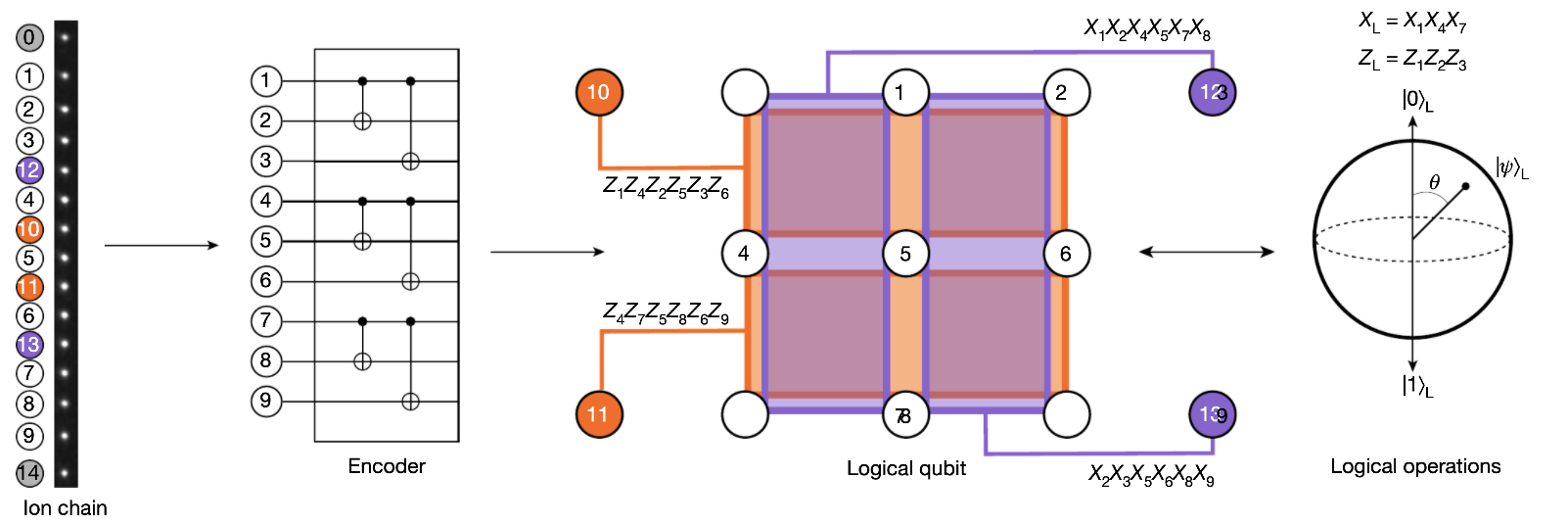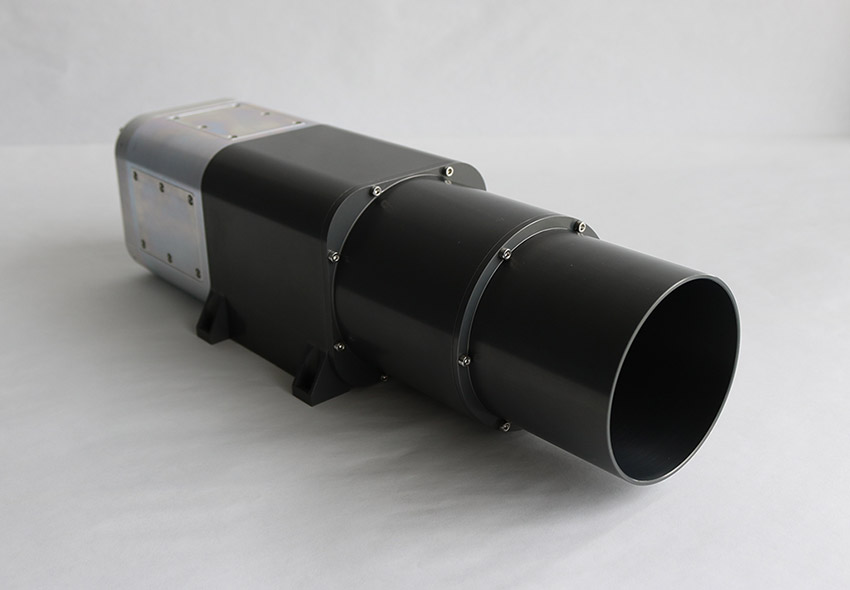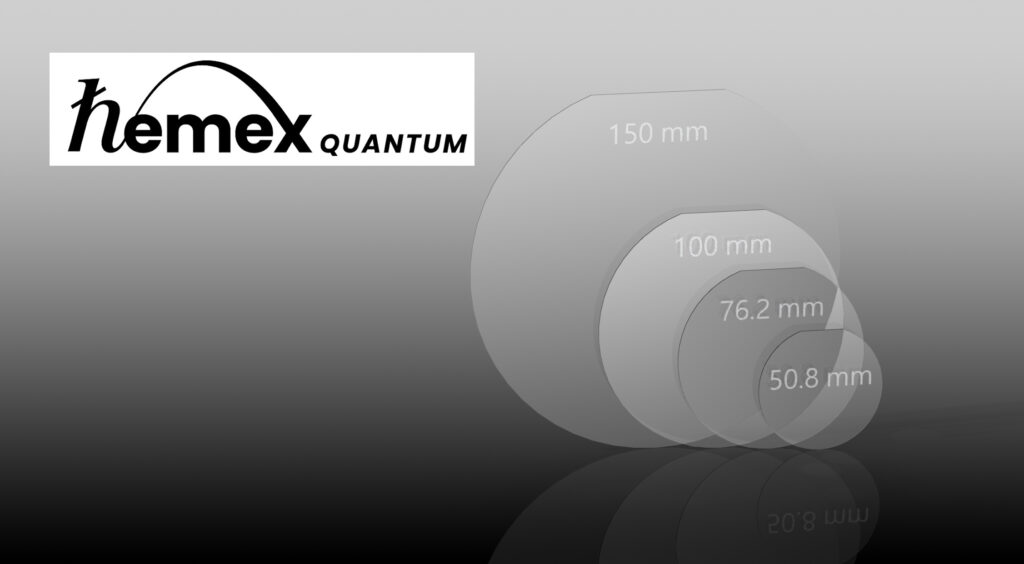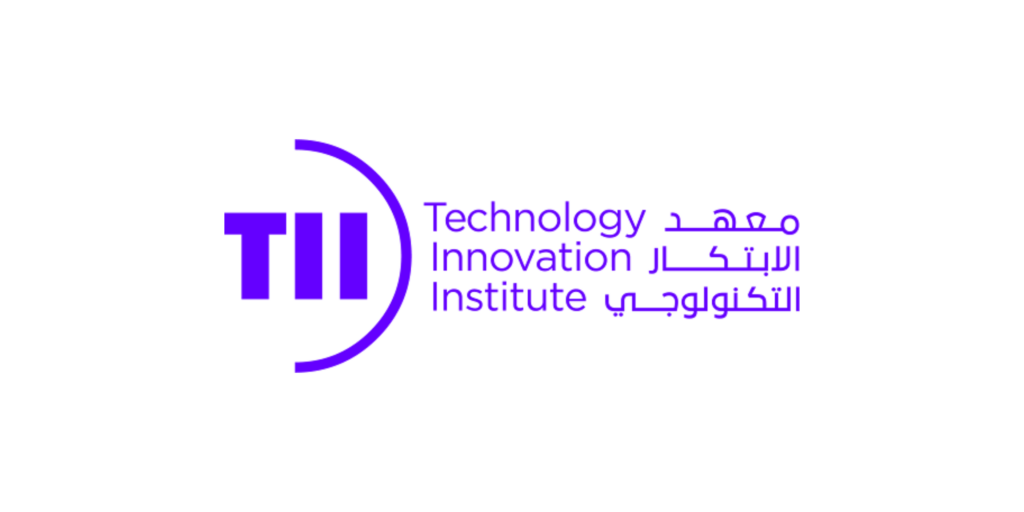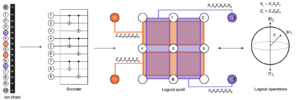
Multiple heads are better than one in real world calculations. Now, a team of University of Maryland-led quantum engineers report that multiple qubits may be better than one when it comes to error-corrections.
In what’s been described as a foundational step toward using quantum computers to tackle practical problems, the team combined nine qubits — a quantum bit — to make a single, improved logical qubit. A logical qubit can be used to probe for mistakes that extremely sensitive quantum computers are subject to, according to the researchers.
In the paper, which was just published in Nature, the team write that “Although fault-tolerant design works in principle, it has not previously been demonstrated in an error-corrected physical system with native noise characteristics. Here we experimentally demonstrate fault-tolerant circuits for the preparation, measurement, rotation and stabilizer measurement of a Bacon–Shor logical qubit using 13 trapped ion qubits.”
Nine of the qubits were termed data qubits and the four remaining are referred to as ancilla — or extra — qubits. The logical qubit was based on a quantum error correction code to easily detect and correct errors and made it to be fault-tolerant, or minimize the negative effects of errors.

“Qubits composed of identical atomic ions are natively very clean by themselves,” said Christopher Monroe, who is a Fellow of the Joint Center for Quantum Information and Computer Science and a College Park Professor in the Department of Physics at the University of Maryland in a university news release. “However, at some point, when many qubits and operations are required, errors must be reduced further, and it is simpler to add more qubits and encode information differently. The beauty of error correction codes for atomic ions is they can be very efficient and can be flexibly switched on through software controls.”
University of Maryland — which recently spun out new public company, IonQ — has become a hotspot in research on trapped ion approaches to quantum computers. The work was conducted on an ion-trap system at UMD, which uses up to 32 individual charged atoms, or ions. They then use each ion as a qubit by manipulating it with lasers, according to the release.
“We have 32 laser beams,” said Monroe. “And the atoms are like ducks in a row; each with its own fully controllable laser beam. I think of it like the atoms form a linear string and we’re plucking it like a guitar string. We’re plucking it with lasers that we turn on and off in a programmable way. And that’s the computer; that’s our central processing unit.”
The researchers suggest this is a solid step toward making quantum computers that, while the devices may not be perfect, offer good performance that will make quantum computers that are “reliable and large enough for practical uses.”
“What’s amazing about fault tolerance, is it’s a recipe for how to take small unreliable parts and turn them into a very reliable device,” said Kenneth Brown, a professor of electrical and computer engineering at Duke and a coauthor on the paper. “And fault-tolerant quantum error correction will enable us to make very reliable quantum computers from faulty quantum parts.”
Bacon-Shor code was used because a good match for the advantages and weaknesses of their system, according to the researchers.
Redundancy was baked into the code. The nine qubits redundantly encoded a single logical qubit and four additional qubits picked out locations where potential errors occurred.
“The key part of quantum error correction is redundancy, which is why we needed nine qubits in order to get one logical qubit,” says JQI graduate student Laird Egan, who is the first author of the paper. “But that redundancy helps us look for errors and correct them, because an error on a single qubit can be protected by the other eight.”
The team said they want to take on even more challenging quantum logical gates out of their qubits, performing complete cycles of error correction where the detected errors are actively corrected, and entangling multiple logical qubits together.
“Up until this paper, everyone’s been focused on making one logical qubit,” says Egan. “And now that we’ve made one, we’re like, ‘Single logical qubits work, so what can you do with two?’”
To make this error-correction scheme fit practical quantum computing, the method would also need to scale for commercial applications.
In addition to Monroe, Brown and Egan, the other coauthors of the paper are the following: JQI research scientist Marko Cetina; JQI graduate students Andrew Risinger, Daiwei Zhu and Debopriyo Biswas; Duke University physics graduate student Dripto M. Debroy; Duke University postdoctoral researchers Crystal Noel and Michael Newman; and Georgia Institute of Technology graduate student Muyuan Li.
For more market insights, check out our latest quantum computing news here.


